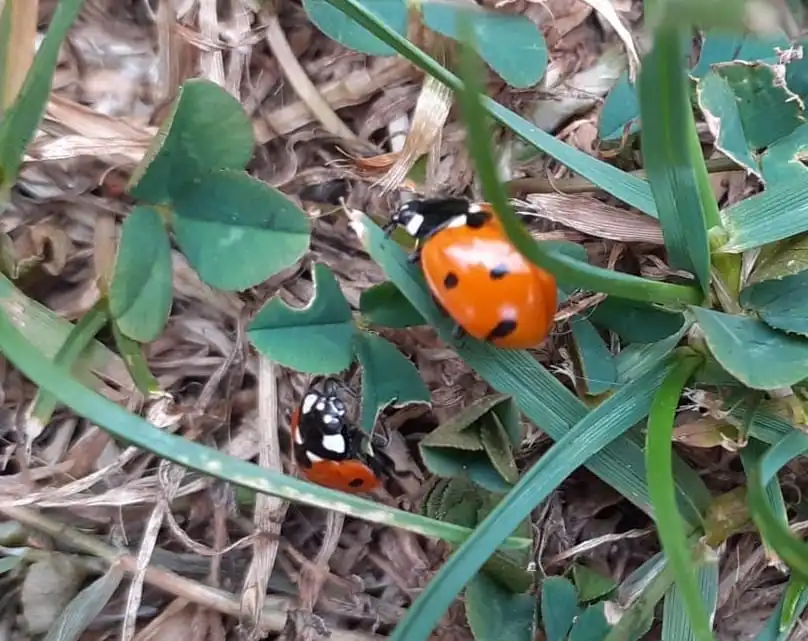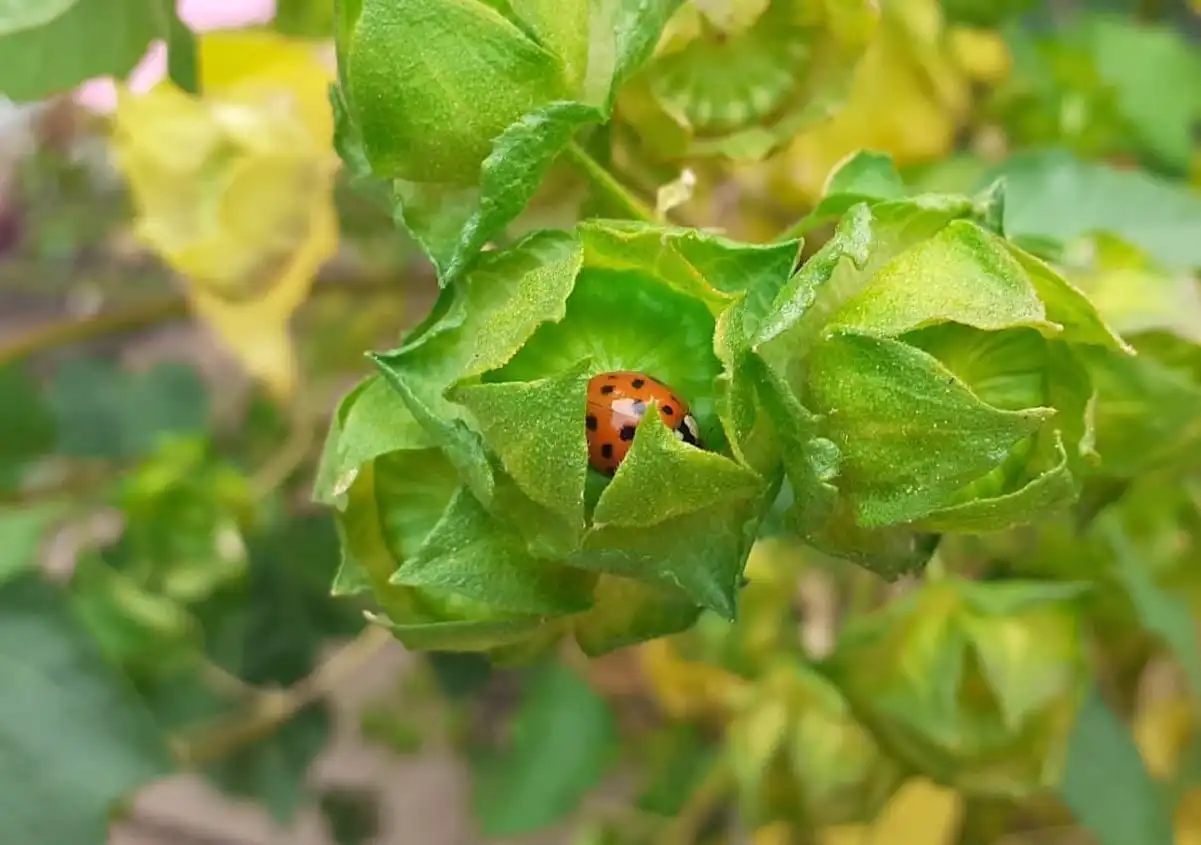By Jill Dando News
Weston‑super‑Mare Turns Red and Black as Ladybirds Swarm the Seaside 🐞
Weston‑super‑Mare, Somerset, became an unexpected stage for a stunning natural spectacle yesterday, as thousands of ladybirds descended on the town’s beaches, gardens, and promenades. Locals were both amused and amazed by the swirling clouds of red and black beetles.
“I was trying to hang out the washing,” said one resident, “and there were loads of them flying around my head!”
Similar sightings have been reported across the UK in recent days. Experts say the sudden surge is thanks to a perfect storm of sunshine, food, and timing.
Why the Surge?
According to ecologists, this year’s warm, extended spring and early summer triggered a boom in aphid populations — the favourite snack of ladybirds. With food in abundance and rising temperatures, ladybirds have emerged from hedgerows, walls, and gardens in spectacular numbers.
Native species, like the familiar seven-spot ladybird, are thriving, with swarms spotted all along the southwest coast and beyond.
📸 Image credit: Good News Post
Meet the Ladybirds
Ladybirds (family Coccinellidae) are small, dome-shaped beetles, typically 4–8 mm long. Over 40 species live in the UK — from the classic red seven-spot and two-spot varieties to the less familiar yellow and black ones.
These tiny beetles are more than just pretty faces — they’re nature’s pest control team, feeding on aphids and other garden pests both as adults and larvae.
When threatened, ladybirds secrete a harmless but smelly yellow fluid from their leg joints — known as reflex blood — which deters predators.
A Natural Spectacle With a Message

While the sight of thousands of ladybirds may seem surprising — even a little unsettling — it’s a powerful reminder of nature’s interconnected systems: how weather, food sources, and life cycles all align.
For gardeners and wildlife lovers, it’s a reassuring sign that nature is thriving.
How You Can Help Ladybirds Thrive
Want to encourage more of these helpful beetles in your garden? Here are five simple, eco-friendly tips:
1. Grow Plants They Love
Plant ladybird-friendly flora such as:
🌼 Dill, fennel, yarrow, marigolds, nasturtiums
🌿 Wildflowers and herbs that attract aphids and pollinators
2. Let the Aphids Stay — a Little
Don’t eliminate every aphid! A small population keeps ladybirds and their larvae well-fed, maintaining natural balance.
3. Skip the Chemicals
Pesticides harm beneficial insects. Instead, try:
- Companion planting
- Neem oil
- Manual pest removal
4. Provide Winter Shelter
Ladybirds hibernate in cool, dry spots. Help them by:
- Leaving dead leaves or hollow stems undisturbed
- Creating a ladybird hotel using twigs, bark, or pinecones
5. Keep a Wild Corner
A patch of untamed garden with tall grass, nettles, or a log pile can host a range of insects — not just ladybirds.
As Weston‑super‑Mare settles back into its usual rhythm, the ladybird invasion leaves behind more than curiosity — it offers a gentle lesson: even the smallest creatures have a big role to play.
And with just a few thoughtful steps, we can help them continue to do it. 🐞🌱
